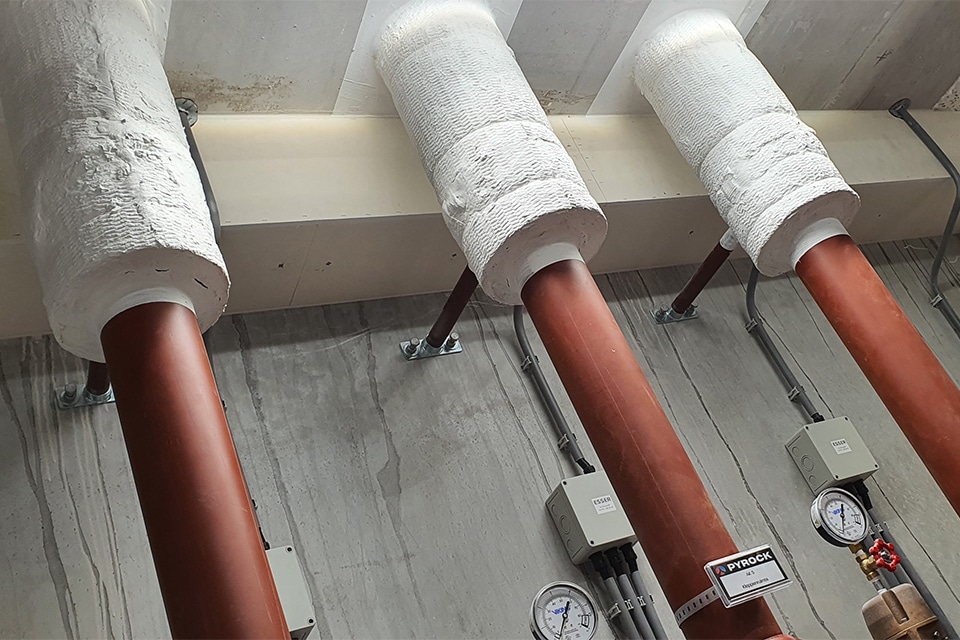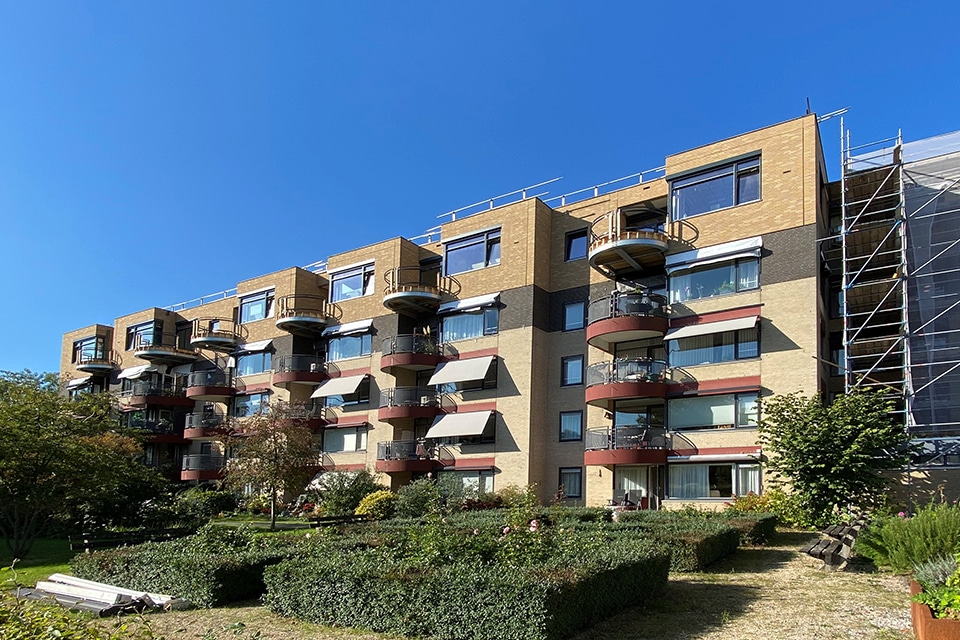
'Pay attention to fire prevention even after completion'
Inspection and control
"Inspection of fire safety should not be a secondary concern," warns director and owner Jeroen Tempels of WIHA Fire Prevention. "If changes to a building are reported through our logbook system, we can check that it is still as safe as when it was completed."
WIHA Fire Prevention offers a wide range of structural and passive fire prevention services. "We make buildings safe so that people can escape safely in case of fire and so that only one compartment burns out and not the whole building," Tempels says. "In short: we save lives and limit damage."
After completion
He continues: "We ensure that many buildings in the Netherlands are fire safe. But it is important to emphasize that fire prevention also needs attention after completion. Buildings change during use: think of minor renovations and adjustments to wifi networks, power supplies and electricity. This sometimes involves removing fire-resistant facilities or making a hole in a fire-resistant wall. The building then no longer has the fire safety it had upon completion."

Log
Therefore, with every modification, it is necessary to inspect whether the building is still fire safe. For this, WIHA has a logbook system. Tempels: "We make a logbook of each project with architectural plans and photos. This states what we have done, how many minutes of fire resistance the penetration is and which materials have been used, along with links to test reports and certificates of those materials. This allows the building owner to know exactly what the situation is. With every change, he can post a message in the logbook. We can then come and check whether the fire safety is still in order and repair defects immediately. But by no means all building owners do that."
Responsible
According to the Building Code, the owner or user of the building is responsible for safety. He must have adequate maintenance and inspections performed. Tempels: "But 'adequate' is not defined here: is it twice a year or once every five years? What is sensible depends on the function the building. A dynamic environment such as a production company where machinery is constantly being modified or moved requires more frequent inspections than, say, a warehouse where little changes. The owner must decide how often he thinks inspections are necessary. The tricky part is that our work is often behind ceilings or otherwise hidden from view. And then: out of sight, out of mind. Fire prevention is a neglected issue for many. Fortunately, there are owners who have everything checked once or twice a year, but there are also properties where we never visit after completion. We want to say to all building owners: remember your duty of care and realize that you are responsible for the people in your building. You can get it right so easily."




